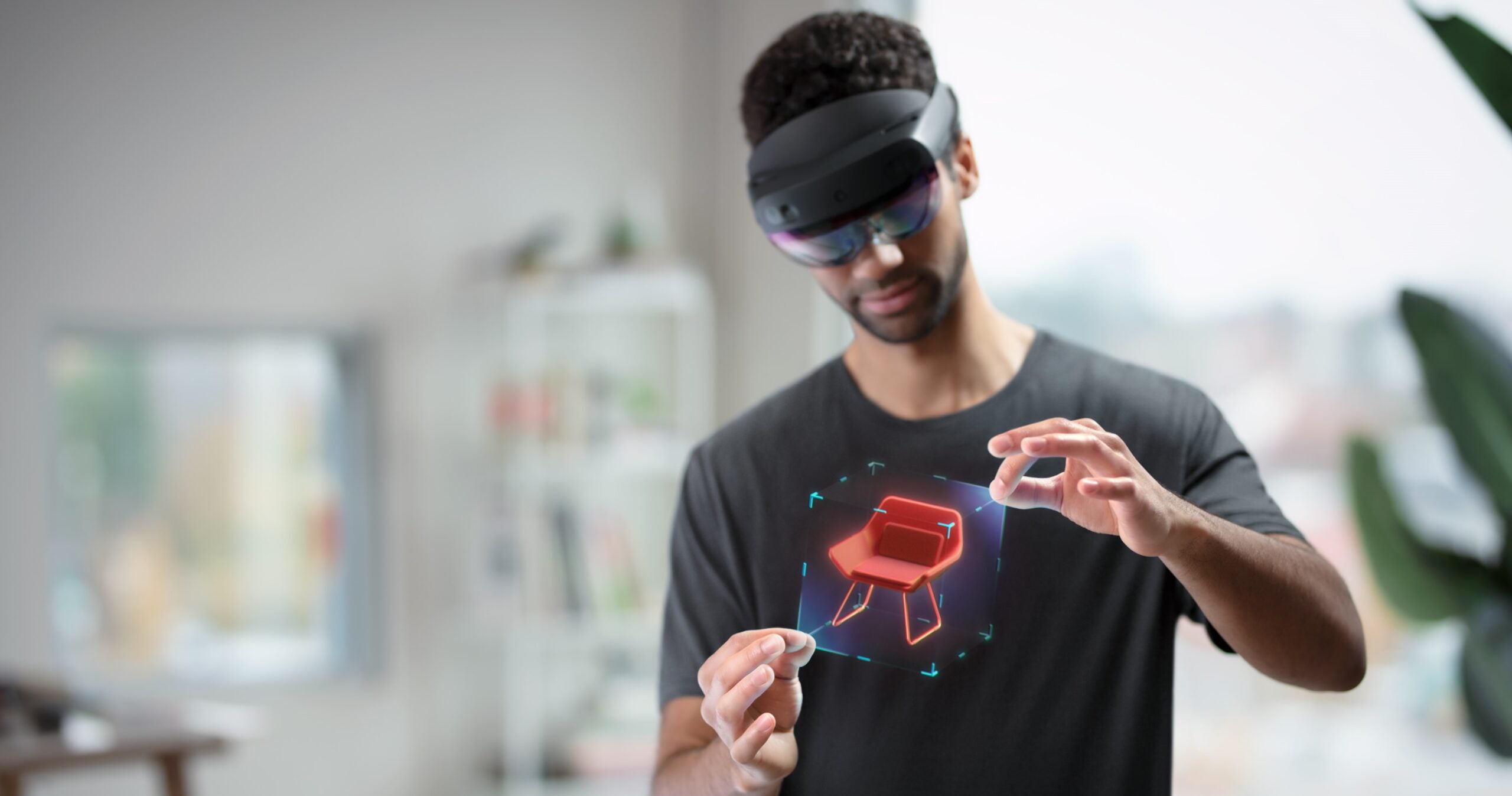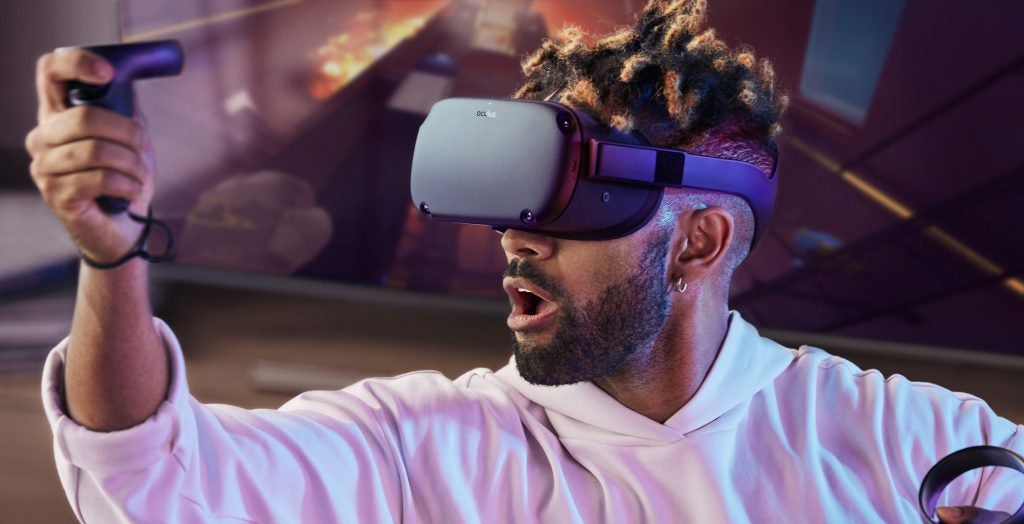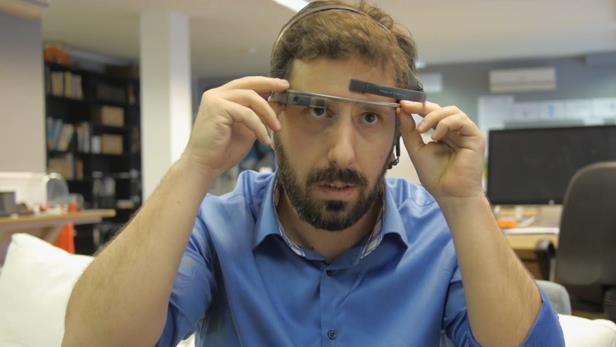
What is augmented reality? The AR technology explained

Augmented reality (also known as AR) has become one of the biggest buzzwords in the technology industry in the last decade, but what is it and why should you care?
In order to help, we’ve created this guide detailing what augmented reality is and where you’re most likley gonig to encounter it. Here’s everything you need to know.
What is augmented reality?
Augmented reality is a technology which sees computer-generated images projected into the real world. There are countless examples of this, both for entertainment and work purposes.
The popular smartphone game Pokémon Go is one of most well known examples, as it projects Pokémon into your surroundings to make it look like Pikachu is standing right in front of you.

Social media apps such as Instagram and Snapchat also allow you to project digital items onto your face, whether it’s a pair of glasses, a silly hat or cat-like whiskers.
Augmented reality isn’t just for silly fun either, as it can also be used to see what new furniture would look like inside your home, while Google Maps uses it to help users with directions.
There are also plenty of examples of businesses using augmented reality, especially with devices such as Micrsoft’s Holo Lens.
What is the difference between AR and VR?
Many people get a little mixed up between augmented reality and virtual reality, which is understandable given the similar names and the fact both are used in headsets.
However, there is one simple differentiator the two. Augmented reality projects computer-generated images into real-world environments, while virtual reality aims to drop people into completely virtual environments.

This means that virtual reality requires a dedicated headset, so your eyes are right up against a screen. There are plenty of VR headset examples, including the Oculus Quest 2, PSVR, HTC Vive and the Valve Index.
Augmented reality does not require a headset, and can be used with a smartphone or laptop instead. All you need is a camera to capture your environment, and a screen to display the computer-generated image created by an app or game.
That doesn’t mean there aren’t augmented reality headsets available though, as the likes of the Microsoft HoloLens are designed with AR in mind, as is the rumoured Apple Glass.
What augmented reality glasses are there?
The majority of AR experiences are currency enjoyed using smartphones or laptops. They use cameras to render an augmented reality view onto the devices’ screen. This is how popular AR experiences, like Pokemon Go, work.
In the past companies like Bosch and Epson have experimented with AR creating glasses featuring the tech. But these have been firmly focussed on enterprise and heavy industry user cases, offering things like diagnostics or guidance tools for engineers.
Google was one of the first companies to attempt to bring AR to the masses when it started selling a prototype of Google Glass in 2014. These were custom glasses with a small, but very visible screen and camera attached. The company never released a final version, and stopped selling Glass to consumers in 2015 after privacy concerns emerged. But during its brief public release the product had numerous consumer services, including rudimentary real time translation and star mapping applications.

Microsoft followed this up developing and unveiling its first-generation Hololens in 2016. The device was initially marketed for a variety of uses, with the original demo showing an unnamed augmented reality shooting game that saw players battle a series of invading monsters using the headset. However, the device never received a full release. Microsoft re-targeted the platform to enterprise customers with the launch of Hololens 2 in 2017.
There are ongoing rumblings that Apple plans to release an AR headset. CEO Tim Cook praised AR as being more “mass market” than VR in a 2016 interview with Buzzfeed. The Information this year reported Apple is working on a $3000 AR headset that will run tethered to iPhones. The information is far from official, but the price would indicate the device is a proof of concept for developers, rather than a consumer product.
Older rumours have reported the firm is working on a more consumer-focused Apple Glass product, but there is little evidence to support these rumblings outside of sporadic tweets and unsubstantiated reports from bloggers.
What are the advantages of augmented reality?
The biggest advantage of augmented reality compared to VR is that it’s more accessible and easier to use. You don’t need to wear a bulky headset, and any smartphone or laptop can make use of the technology as long as they have a camera.
You also don’t need to totally immerse yourself in a digital world, which means you can still be aware of your environment when viewing AR. This makes it practical to play the likes of Pokémon Go when you’re outside, while still being able to see your surrounding so you don’t wander in front of a moving car.
There are plenty of other advantages too, such as seeing what furniture would look like inside your home or even putting a silly filter on your face. But in truth, the technology is so new that we don’t know its full potential just yet. With the likes of Apple hoping to launch an AR headset in the future, we’ll likely see AR used in many more ways in the next few years.
The post What is augmented reality? The AR technology explained appeared first on Trusted Reviews.
This content was originally published here.


